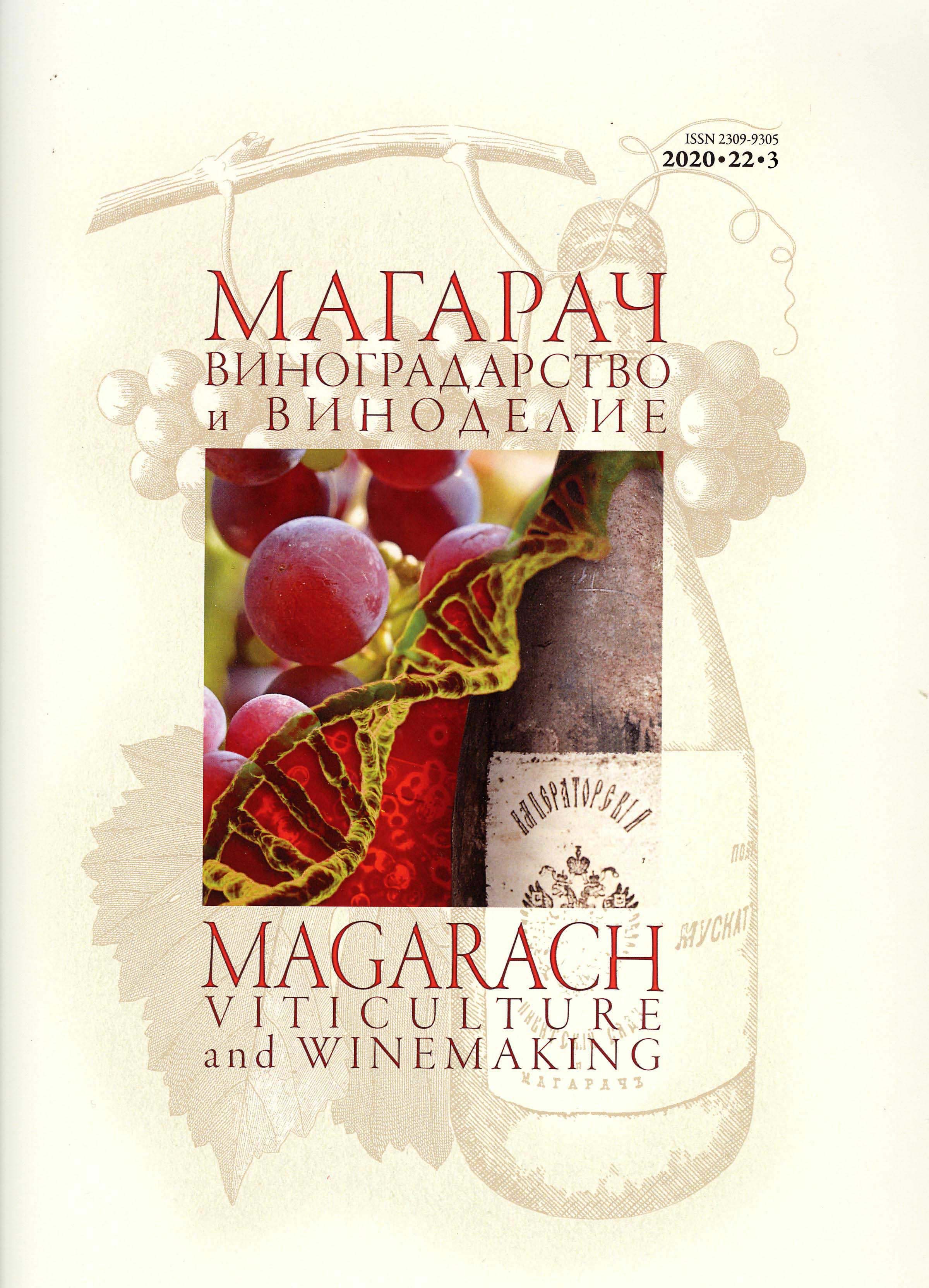Abstract
The formation of crystals of tartaric acid salts is one of the reasons of the
addle appearance in wines. Various physical methods are used to prevent
the precipitation of crystals in the finished product: cold treatment, electrodialysis, ion exchange. Cooling and aging the wine at a temperature
close to the freezing point leads to a proportional removal of potassium
and tartaric acid ions. The efficiency of the process is greatly increased
with introducing potassium bitartrate seed crystals. Cold processing does
not negatively affect the organoleptic properties of wines. The method is
characterized by high energy consumption, and an increase in the solubility of oxygen in chilled wine in the future can lead to an intensification of
oxidative reactions. Mode of action of ion exchange resins is the exchange
of metallic ions contained in wine for an equivalent amount of functional
groups of ion exchange resin, which leads to a decrease in the pH of wine.
The positive aspect of ion exchange is its low cost, however, a substantial
modification in the composition of wine can lead to the quality disruption
of the product, which is partially balanced by blending the processed and
unprocessed wine batches. Electrodialysis is the process of ion migration through membranes under the influence of electric current, leading
to a decrease in the content of cations and anions, including phenolic
substances, in wine. This method effectively prevents the precipitation
of potassium bitartrate in the finished product, but it has a high cost. The
use of ion exchange and electrodialysis, in the contrast to cold treatment,
can effectively reduce the concentration of calcium, which requires further
study of the crystalline stability of the finished product.

